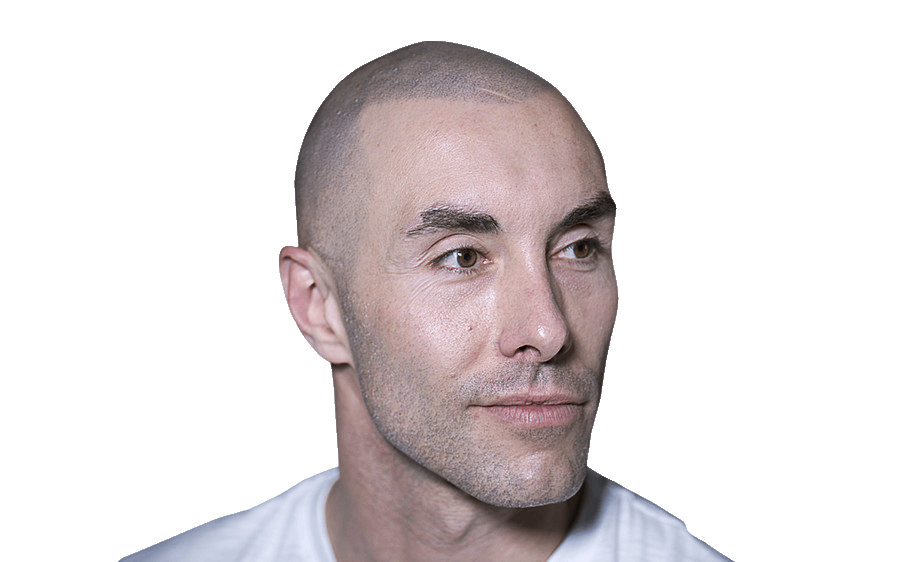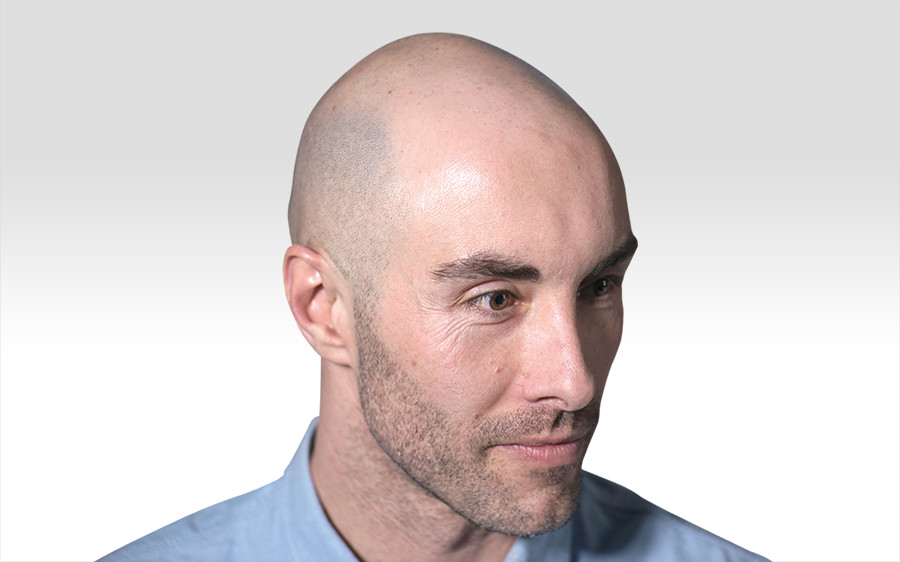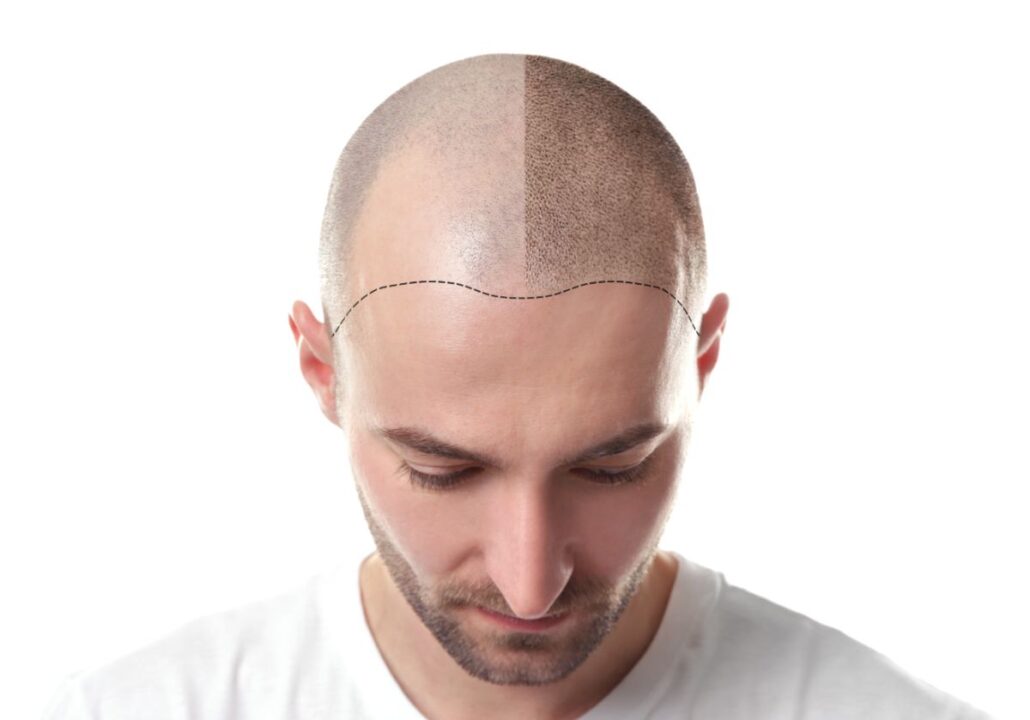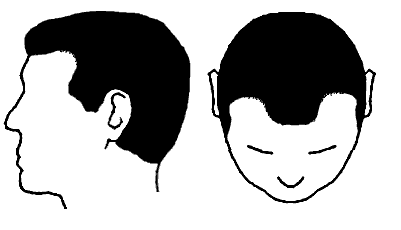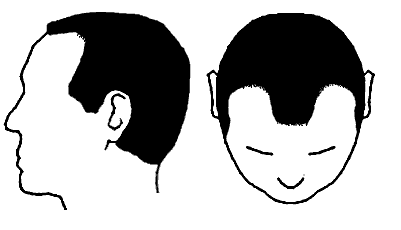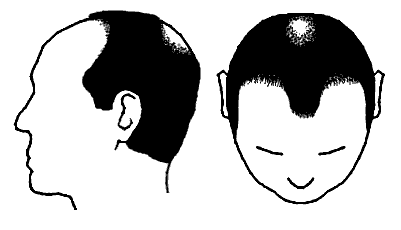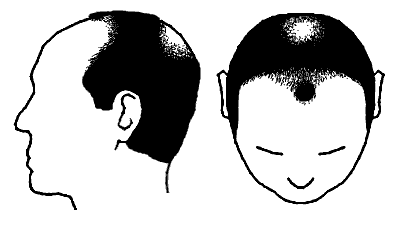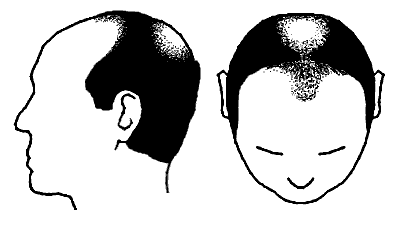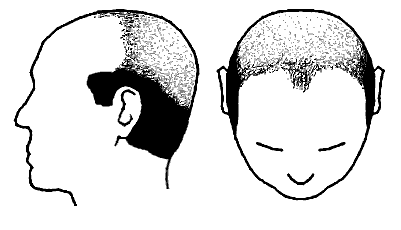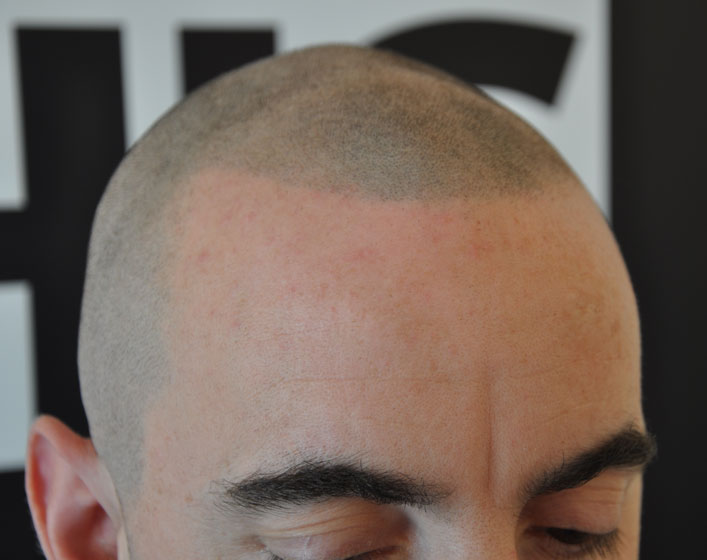Baldness cannot be ‘cured’, however it can be camouflaged. Traditional solutions such as hair transplant surgery, temporary concealers and hair systems are options of course, but for a modern and stylish look for today’s man, more people than ever before are choosing scalp micropigmentation.
Scalp micropigmentation (or SMP for short) is the replication of thousands of tiny shaven hair follicles, achieved through the distribution of specially placed pigment deposits within the upper dermis of the skin. Usually applied over 2-3 treatment sessions to gradually build the required density, scalp micropigmentation provides an incredibly realistic illusion of real hair, in fact the illusion is so convincing, no-one needs to know unless you choose to tell them.

